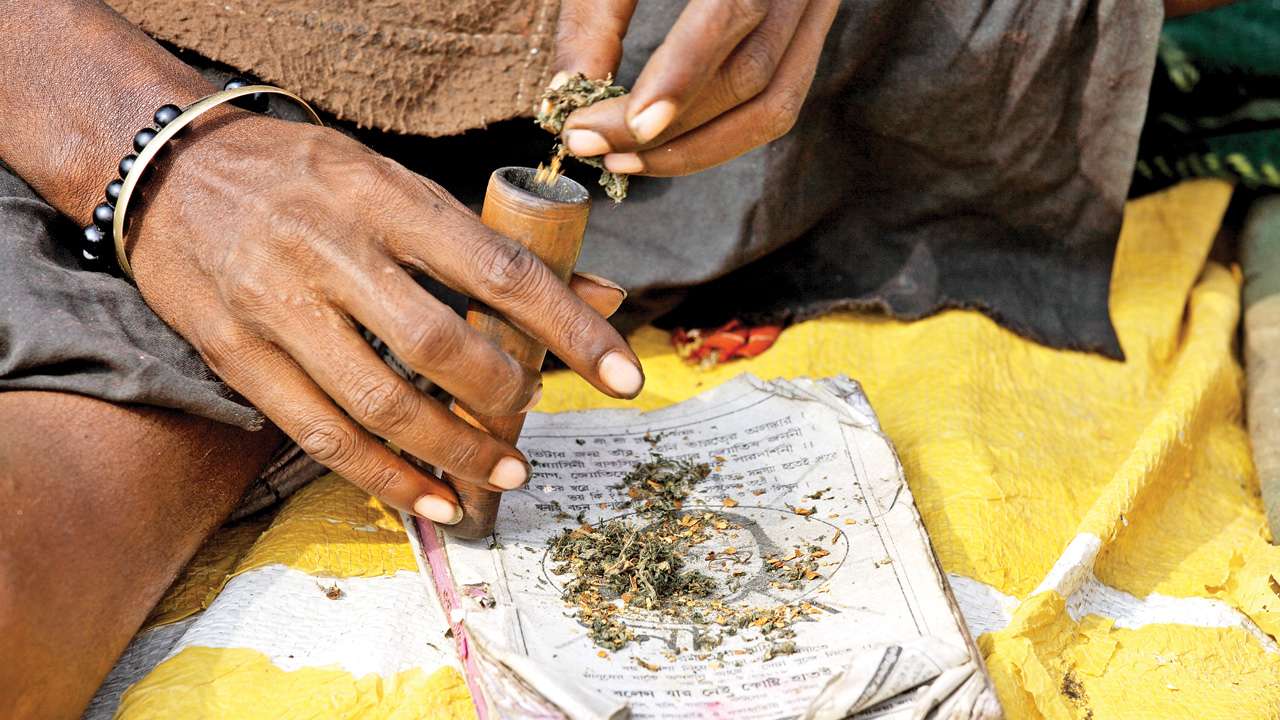
The Directorate of Revenue Intelligence (DRI) organised a two-day conference on organised crime and drugs on December 4-5, 2018, in New Delhi. Among the participants were its international customs partners.
They mulled over common challenges, shared best practices and discussed at length strategies to counter organised crime related to drugs, precious metals and stones, money laundering and black economy.
An exercise like this helps. One, organised crime does not know international boundaries. It can be countered effectively only through coordinated action by state actors of the affected countries.
Secondly, it alerts the international community about state and non-state actors indulging in organised crime like drug-trafficking for profit, terror and subversion.
On the basis of survey and reports in the public domain, we can say three things with a degree of confidence about the problem of drug trafficking and drug abuse in India.
One, the country is a target and victim of narco-terrorism. Two, drug-abuse is fairly widespread. Three, its war on drugs strategy, like elsewhere in the world, is not quite working.
On the first count, there are ample reasons to believe that drug-trafficking networks and profits accruing from it, are being used by India’s hostile neighbours to fund its terrorists and subversive activities.
It is very much a part of ‘bleed India with thousand cuts’ doctrine. The admission came from no less than a former head of the government of a neighbouring country, way back in 1994. In an interview to Washington Post, he said that his army proposed to him a detailed ‘blueprint’ for selling heroin to pay for country’s covert military operations in early 1991, which he did not approve. A flurry of denials followed, but the proverbial cat was out of the bag.
Secondly, we have at hand a very serious problem of widespread drug abuse. As per a 2001 national survey, there were 87 lakh cannabis and 20 lakh opiate users in the country. Among them, 23 lakh cannabis and five lakh opiate users, were addicts. Three in four addicts were under 40. Alcohol, cannabis and opiates were major substances of abuse. Women were found abusing drugs like heroin, propoxyphene, sedative and alcohol.
Among pockets of high-use, cannabis was widespread in Delhi, UP, Bihar and Manipur and opiates in Rajasthan, Punjab, Himachal Pradesh, Haryana, UP, West Bengal, Mizoram, Nagaland and Arunachal Pradesh.
In rural areas, abuse of cannabis (29%), opium (25%) and heroin (11%) was rampant.
Prison inmates and homeless preferred heroin. Intravenous drug abuse and high-risk behaviour like needle-sharing was prevalent both in rural and urban areas.
To address the problem, the survey report called for treatment of addicts, peer-led interventions, community-based services and development of programmes for vulnerable groups like youth, street children, women and prisons inmates.
It also called for enhancing skills of care-providers, improving service delivery, periodical data collection to monitor progress, training of NGOs, enhancing advocacy and funding evidence-based interventions.
These were good recommendations indeed, but all that we hear in the name of ‘fighting the drug menace’is the arrest of drug peddlers and seizure of drugs ‘valued at crores in the international market’.
Over the years, drug abuse has become widespread and trafficking has flourished. As per the survey conducted in Punjab in 2015, there were 8.6 lakh opiate users in the state, 2.3 lakh of them classified as addicts.
Heroin (53%) emerged as the most abused drug followed by opium (33%).
Drug users spent Rs 7,500 crore annually on opiates. There were 78,000 injectable opioid users in the state. Three in four affected said that they were initiated into opioid use by their peers. Eight in ten tried to quit, but only three in ten got any assistance. Only one in ten had access to evidence-based treatment services.
As is apparent, the ‘war on drugs’ has not choked the supply line. More than 1,64,000 people died in the war waged against Mexico’s drug cartels between 2007-2014. These cartels have become enormous enterprises, diversifying into human trafficking.
The US government’s ‘crop dusting’ plan — spraying pesticides on crops from low-flying planes to destroy coco leaves in South American countries — has not worked either. It has led to, what researchers call, the ‘balloon effect’ — when one government cracks down on coca crops, cartels just pack up and move to another country!
Targeting supply has another problem — when it decreases, addicts start paying more for the same amount. Year after, revenue generated from drugs remain at the same level or even grow, irrespective of the supply position.
Back home, we are sandwiched between two of the biggest opium-producing hubs the — Golden Crescent (Pakistan, Afghanistan and Iran) in Northwest and Golden Triangle (Thailand, Myanmar, Laos and China) in the Southeast.
Forget about ‘crop dusting’, we have a bevy of non-state and state actors actively pushing drugs across our porous borders for profit and subversion.
However belligerent we get on our side, it looks improbable that we can succeed in dealing with the problem by choking the supply line.
It brings us back to the recommendations of the 2001 National Drug Survey and other politically radical measures like decriminalising possession of drugs and legalising soft drugs.
While formulating an effective government response, it is worth remembering that drug-trafficking is a business and best way to deal with it is to find ways to make it unprofitable and unviable.
Author is senior IPS officer of Haryana cadre